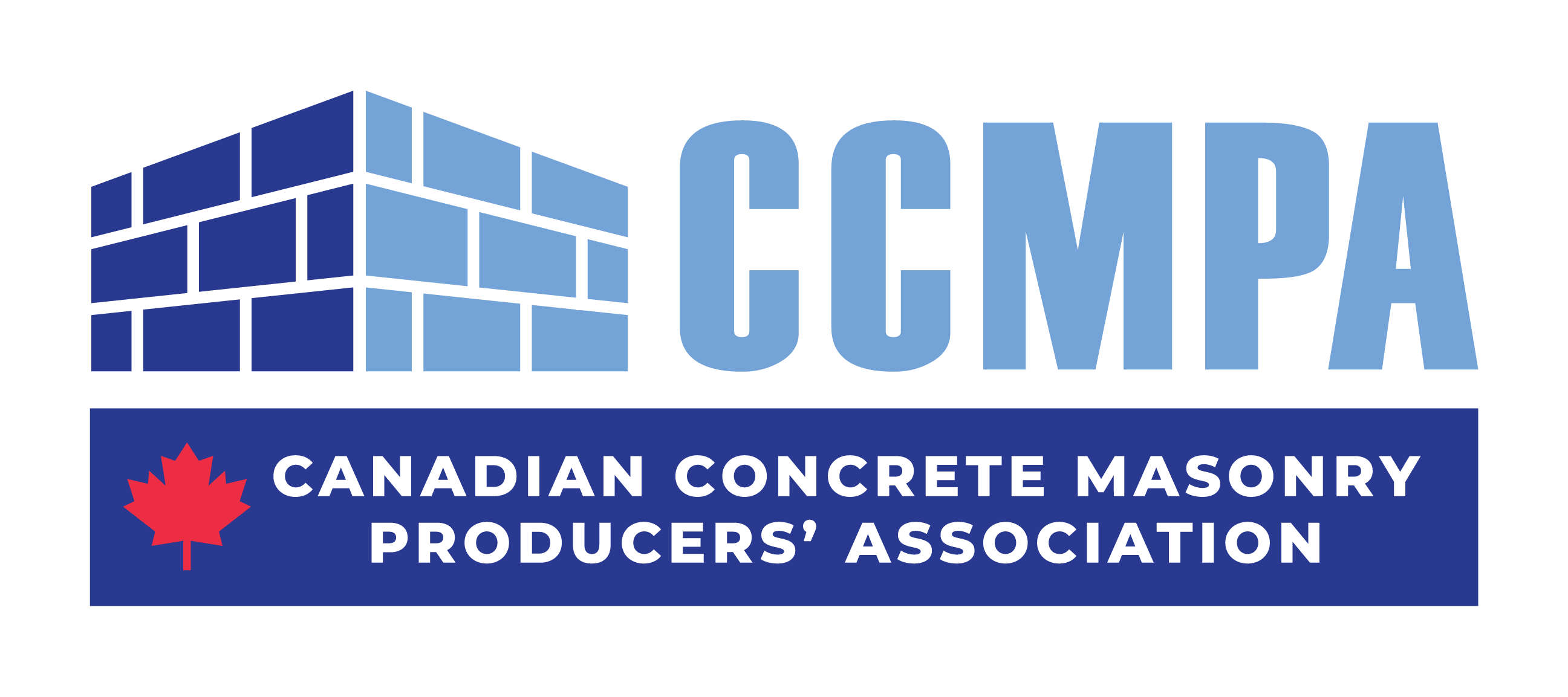FOR IMMEDIATE RELEASE – April 7, 2009
Are current building codes doing enough to protect us against fire?
When the (fire)walls come tumbling down…
Experience shows that while wood frame and drywall receive acceptable ‘fire resistance’ ratings in industry testing, in real-life situations these materials burn. The tragic consequences of recent fires in Orillia, Ontario and Saguenay, Québec are all the more reason to re-think the status quo on codes and testing and look at mandating the use of non-combustible materials such as concrete block.
BY PAUL HARGEST
A building passes fire inspection — yet fire strikes and almost within minutes reduces the structure to charred rubble. People are dead. Others are left homeless. This was the case back in January 2009 when, within days of one another, two fires at separate retirement homes — one in Orillia, Ontario and the other in Saguenay, Québec — decimated the buildings and caused the deaths of several residents. In Saguenay, seniors in bare feet and pajamas, forced out into -321C temperatures (-361C with the wind chill), watched as flames engulfed their home. In the words of Saguenay Mayor Jean Tremblay: “The whole building burned. The walls fell in.”
Knowing what we know now about the fire safety of these two residences, how many of us would have had our parents live in them? It’s worth noting this observation from a Globe and Mail reader in the paper’s online Comment forum: These two tragic fires may have nothing in common except that it was seniors who died. But it’s worth a look at the quality of the homes where our parents live and where we in our turn will live.
Are our building codes stringent enough? Should we be mandating the use of construction materials that are not merely fire resistant but are non-combustible?
Industry-standard testing allows materials such as wood frame and gypsum drywall to be rated fire-resistant (the Gypsum Association in the U.S. cites fire-resistance ratings of up to four hours). After a certain amount of time, however — two-hours is a typical testing threshold — these materials will burn. Real-life experience shows they do, and typically much faster than in laboratory conditions.
Concrete block, however, is not merely fire-resistant; it’s non-combustible. When subjected to the 1,8001F temperatures that other building materials are exposed to — and then put to the test of a fire hose gushing at a pressure of 30 pounds per square inch (PSI) — the concrete block remains intact. After exposure to fire for two hours, the drywall is penetrated by the hose in just over 30 seconds. Applied to fiber-reinforced gypsum panels, the hose blasts through in a mere 10 seconds. Here’s a real-life comparison: In recent cases of suspected arson on some Toronto-area construction sites, fires all but flattened the wood-frame assemblies, in some instances leaving only the supporting masonry walls standing.
So why don’t we enforce the use of non-combustible material such as concrete masonry? Canada’s transition in recent years to objective-based building codes may be part of the problem. Previously, the codes were prescriptive, in essence describing what had to be done. In Ontario’s new Building Code Act, which came into force in January 2007, the objective-based format adds why to the equation, describing the desired outcome. The intent is to promote flexibility in design and construction through the use of what the Code refers to as ‘acceptable solutions’ — alternatives that achieve the same desired results. Unfortunately, these alternatives don’t always achieve the same results where fire testing is concerned.
Ontario has further amended its Building Code Act with the addition of a regulation requiring fire sprinklers in multiple-unit residential dwellings over three storeys tall. The regulation, which came into effect in June 2008, will apply to building-permit applications filed after April 1st, 2010.
This is a good thing. Sprinklers will no doubt help improve the fire safety of taller buildings and increase the chances that their residents will get out alive. Sprinklers — or a lack thereof — were specifically cited as having contributed to the Muskoka Heights blaze in Orillia.
However, rather than simply take the reactionary approach of legislating sprinklers, why not implement building-code improvements more proactively — from the ground up? Why not legislate the use of materials that don’t burn?
Asked for his thoughts on the matter, contractor and TV personality Mike Holmes says, “I believe it’s possible to greatly improve the performance of materials in construction in terms of fire resistance. Why not make a house that’s fire-resistant? That makes more sense to me than mandating fire sprinklers in residential construction.
This brings to mind the old adage, ‘An ounce of prevention is worth a pound of cure’. The problem with applying it in this context is that often, once fire strikes, there is no cure. This only reinforces the need to focus on prevention. While sprinklers are a start, perhaps we also need to look at our fire-safety standards — then ask whether our current building codes are doing enough to help save lives.
Paul Hargest owns Kitchener-based Boehmer’s/Hargest Block Ltd. and is the President of the Canadian Concrete Masonry Producers Association (CCMPA). Paul is also Vice President of MasonryWorx (the marketing and government-relations body for the masonry industry); Chair, A165-04 Block Standard (CSA); Board Member, Canadian Masonry Contractors Association; Board Member, Ontario Masonry Contractors Association; and Executive Committee Board Member, National Concrete Masonry Association.
For more information or to arrange an interview with Paul Hargest, contact:
Marina de Souza
Managing Director, CCMPA
Toll Free: 1-888-495-7497
Phone: 416-495-7497
Fax: 416-495-8939
mdesouza@ccmpa.ca



